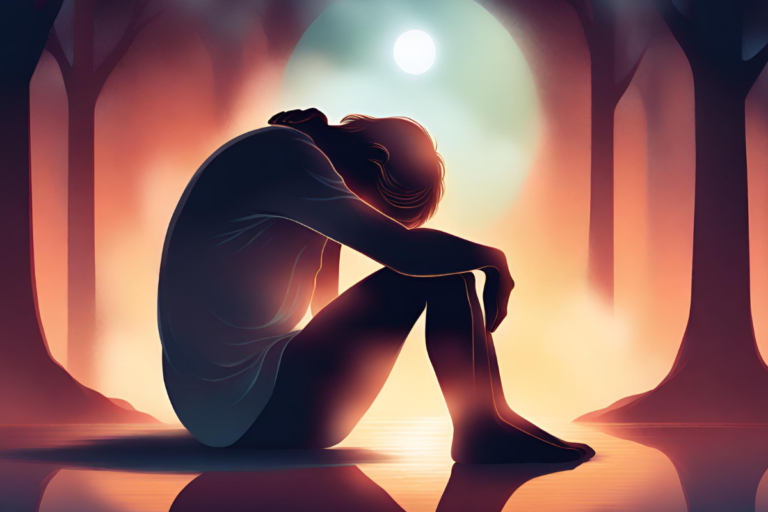In the heart of mourning, funerals serve as a critical bridge between the past and the path forward. These ceremonies, steeped in tradition and personal significance, offer a way to honor those we have lost while providing comfort to the living.

Let’s see how funeral rituals help us cope with death and celebrate life.
The Purpose of Funeral Rituals
Funeral rituals carry a profound significance far beyond the conventional formalities associated with saying goodbye. They are deeply embedded in the fabric of the grieving process, serving as vital conduits for emotional expression, commemoration, and communal support.
These ceremonies, rich in tradition and personal meaning, provide a space where sorrow can be openly shared, where the life of the deceased is honored and celebrated, and where those left behind can lean on each other for comfort and strength during a time of profound loss.
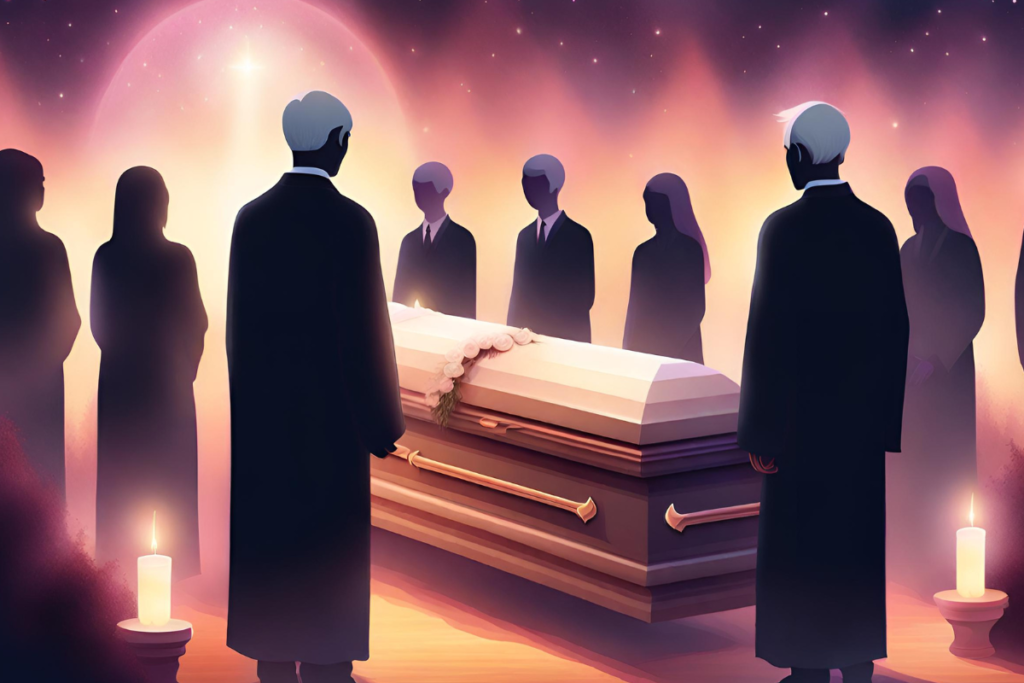
At the heart of funeral rituals is the opportunity they offer for mourners to express their grief. Whether through tears, words, or silent reflection, the act of expressing sorrow is cathartic, helping individuals process their feelings and begin to navigate the complexities of their grief.
Moreover, funerals serve as a collective witness to the life of the deceased, ensuring that their story, achievements, and the love they shared continue to be acknowledged and remembered. This act of remembrance is crucial, as it reaffirms the value of the life lived and the impact the deceased had on those around them.
Additionally, funeral rituals foster a sense of solidarity among the bereaved. In gathering together, friends, family, and even acquaintances find mutual support and understanding, often drawing comfort from the shared experience of loss. This communal aspect of funerals is invaluable, as it helps mitigate the isolation that can accompany grief, reminding individuals that they are not alone in their sorrow.
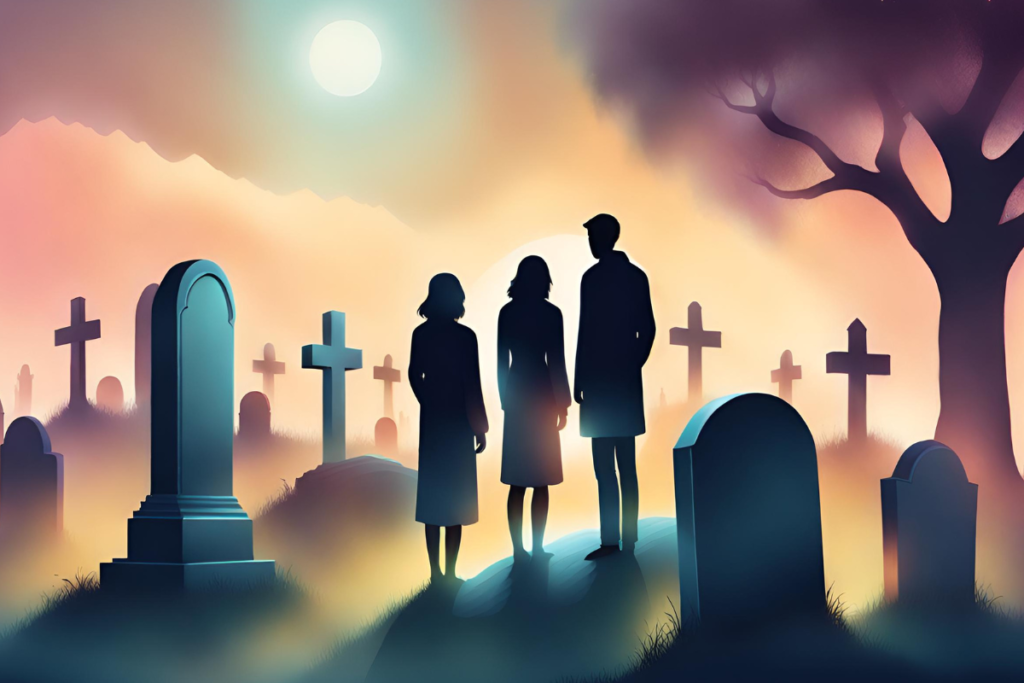
By marking the significance of death, funerals also facilitate a collective acceptance of the loss. This acknowledgment is an essential step in the grieving process, as it confronts the reality of death and allows mourners to begin adapting to a world without their loved one. Through the structured framework of ritual and ceremony, funerals provide a sense of continuity and order amidst the chaos of loss, offering a path forward for those who grieve.
In essence, the purpose of funeral rituals extends far beyond the immediate act of mourning. They are a fundamental aspect of human culture, serving to honor the deceased, support the living, and bridge the gap between the past and the process of moving forward. As we participate in these timeless ceremonies, we engage in a shared human experience that transcends individual loss, connecting us to the broader tapestry of life and the enduring cycle of birth, death, and renewal.
Common Symbols in Funeral Rituals
In the tapestry of funeral rituals, symbols serve as powerful conduits for conveying complex emotions and beliefs about life, death, and the afterlife. These symbols, steeped in history and cultural significance, offer a language through which the unspeakable aspects of grief and loss can be expressed and shared.
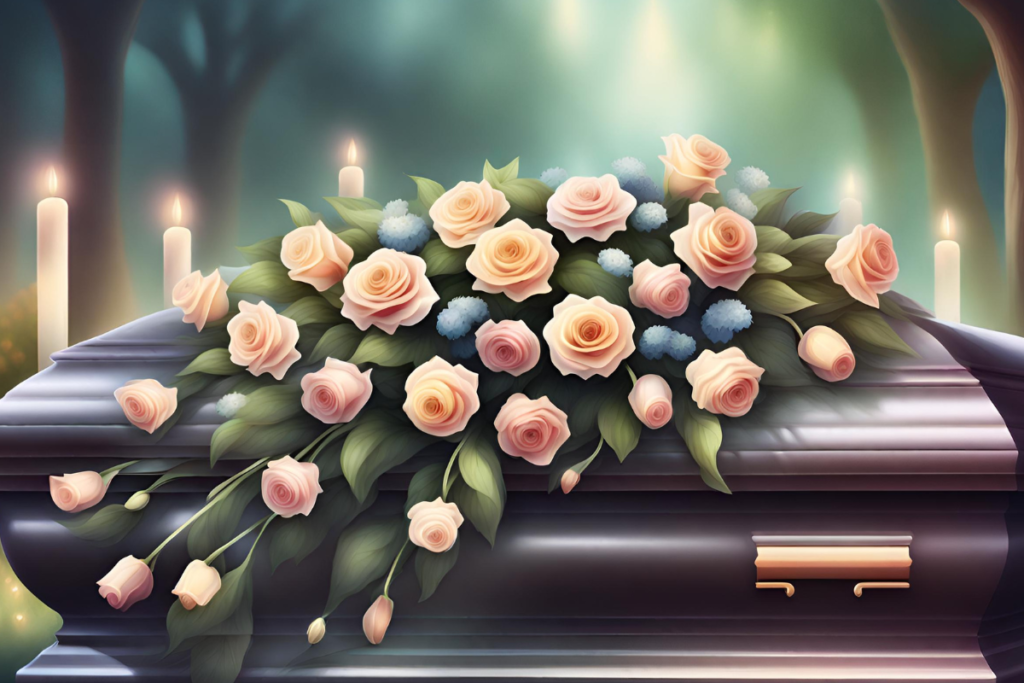
Flowers are perhaps one of the most poignant symbols used in funerals. Each variety and color carries its own meaning, from the deep red of roses symbolizing love and grief, to the pure white of lilies representing innocence and the soul’s return to peace. Flowers not only beautify the setting but also remind us of the cycle of life—blooming, flourishing, and eventually returning to the earth. Their presence at funerals serves as a tribute to the beauty and transient nature of life, echoing the fragility and preciousness of our own existence.
Candles, with their gentle, steady light, stand as a symbol of hope and the enduring nature of the spirit. Lighting a candle for the deceased is a ritual that transcends cultures, signifying the belief in a life force that continues beyond physical death. The flame’s warmth and light in the midst of sorrow can be a comforting reminder of the deceased’s ongoing presence in the memories and hearts of those who grieve.
Colors used in funerals often carry significant symbolism. Black, commonly associated with mourning in many Western cultures, represents the solemnity of loss and the depth of grief. White, on the other hand, is frequently used in Eastern funeral traditions and symbolizes purity, peace, and rebirth. It suggests a transcendent purity and the soul’s liberation from the physical world. Other colors, such as purple or green, may also be used to reflect dignity, respect, and eternal life, respectively.
These symbols, whether manifested through flowers, candles, or colors, provide a means to bridge the tangible world with the spiritual, offering mourners a way to connect with the deeper essence of their loved ones.
They allow for a personal and collective expression of grief, love, and hope. By participating in these symbolic rituals, individuals can find comfort in the shared experience of mourning, drawing closer to each other and to the memories of the deceased.
Through these symbols, the bereaved are reminded that while their loved ones may have passed from the physical world, the bonds of love and memory endure, transcending the barrier of death.
Modern Funeral Practices and Their Symbolic Meanings

In contemporary times, funeral practices have evolved to reflect current values and beliefs about death. Eco-friendly burials emphasize a return to nature and the cycle of life, while digital tributes celebrate a person’s legacy in the digital age.
These modern rituals retain the symbolic heart of traditional ceremonies, adapting them to express individuality and contemporary perspectives on life and death.
Personalizing Funeral Rituals
The trend towards personalized funeral services underscores the importance of individual expression in mourning.
Customizing ceremonies with personal touches—such as favorite songs, meaningful readings, or specific themes—makes the ritual more impactful for attendees, ensuring the deceased’s unique spirit is remembered and celebrated.
This personalization adds depth to the symbolic language of funerals, making the experience more healing for the bereaved.
The Role of Funerals in Grief and Healing
Participating in funeral rituals plays a crucial role in the emotional journey of those left behind. By engaging in these time-honored traditions, individuals find a therapeutic outlet for their grief, creating a structured environment where their loss can be openly acknowledged and expressed.
These ceremonies serve as a pivotal step in the intricate process of healing, offering mourners a sense of closure. This closure is not about forgetting the deceased but about acknowledging the reality of the loss and beginning to accept it, which is essential for emotional healing.
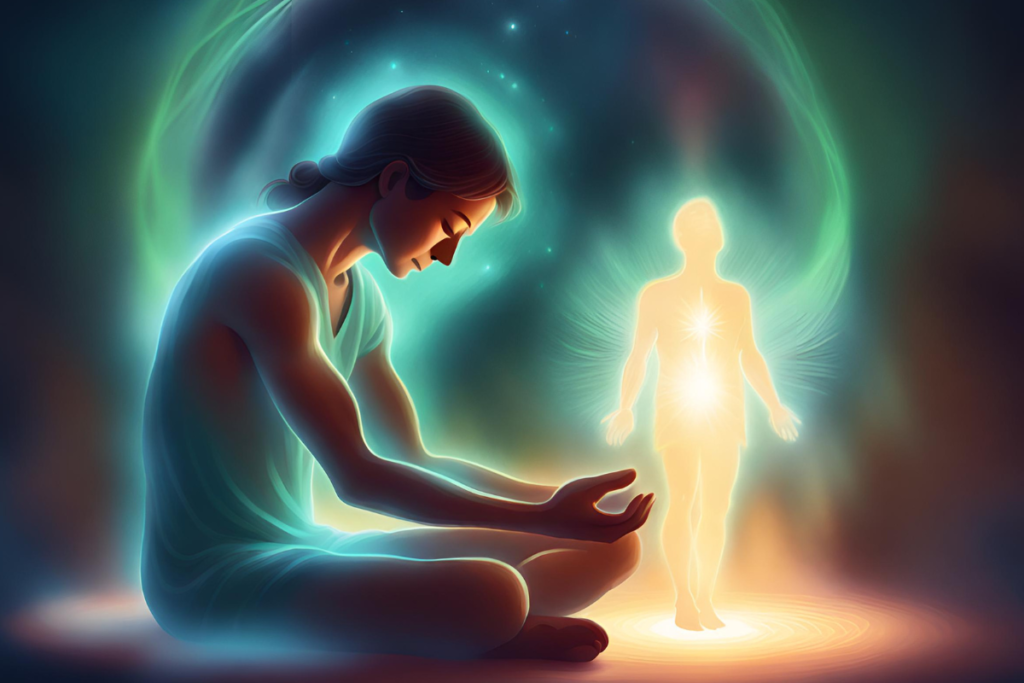
Funerals provide a unique opportunity for friends, family, and acquaintances to come together in solidarity, sharing in the pain of loss and the celebration of the life that was.
This collective mourning fosters a profound sense of community and mutual support, significantly impacting the bereaved’s ability to cope with their sorrow. It’s a poignant reminder that while the pain of loss is deeply personal, no one has to face it alone. The support found in this communal setting can offer comfort and strength, making the journey through grief a shared experience rather than an isolated one.
Sharing Memories Together: The Heart of Saying Goodbye
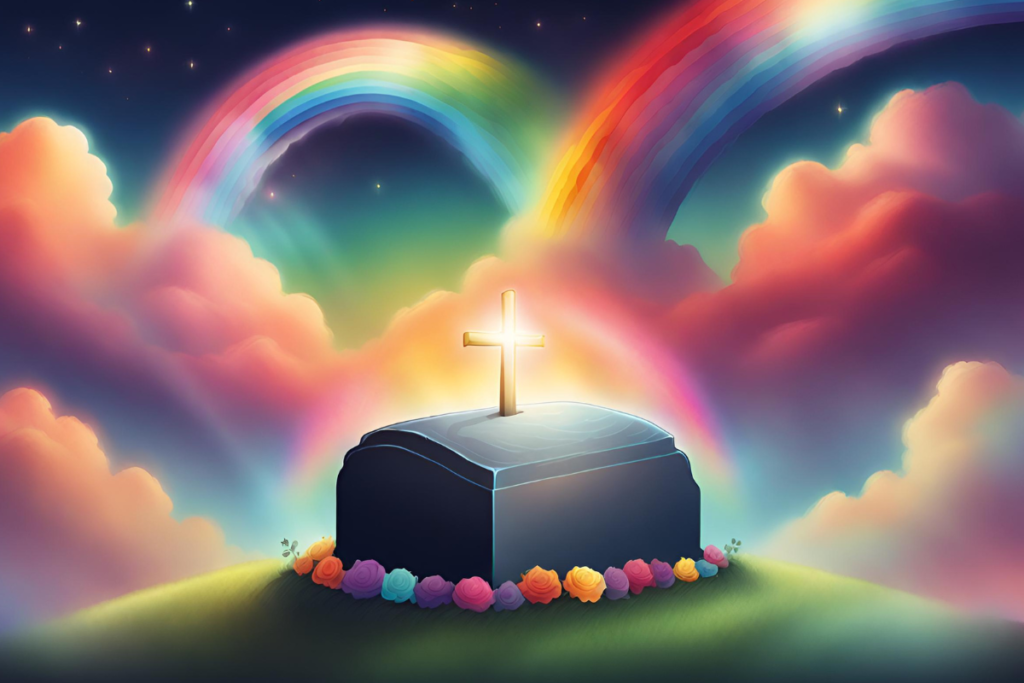
When we say goodbye to someone we love at a funeral, it’s more than just a sad time. It’s a special chance for friends, family, and others to come together. Even though it’s a hard time, sharing stories and memories about the person who has passed away can help everyone feel a bit better. It’s like putting together a big picture of who they were, made up of all the small moments and memories that everyone shares. This can make us feel closer to each other and to the person we’re remembering.
Talking about the good times, the funny moments, or even the everyday things can show how much the person meant to us and the empty space they leave behind. It’s a way to say out loud how important they were and still are. Plus, hearing stories from others can make us feel not so alone. It shows us that others feel sad too and miss the person just as much.
At funerals, people can share memories in different ways. Some people might talk in front of everyone, telling stories or saying what they’ll miss the most. Others might chat in smaller groups, sharing personal stories or memories. There are also creative ways to remember, like putting up a board where people can pin photos or notes, or making a tribute video or even opening a digital space to commemorate.

All these shared memories are very special. They help keep the person’s spirit alive in our hearts and minds. They remind us of the love and laughter we shared. And even though it’s a sad time, these memories can help us start to heal, making us feel a bit less alone and a bit more filled with love.
So, saying goodbye at a funeral isn’t just about being sad. It’s also a time to remember all the good things and to feel connected to everyone else who loved the person we’re missing. It’s a way to make sure that the person we loved keeps living on, not just in our own memories, but together, in the stories we share.
Conclusion
Funeral rituals, with their rich symbolism and capacity for personalization, play a crucial role in the grieving process. They allow us to express our deepest feelings, connect with others, and make a big step in the difficult journey of healing.
As we navigate through our grief, these ceremonies remind us of the love we shared and the indelible mark the deceased has left on our lives. In honoring their memory, we find the strength to move forward, carrying their spirit with us always.
For those looking to delve deeper into the journey of grief and how we each move through it uniquely, our article “Navigating Grief: Understanding the Unique Path Through the Stages of Loss” offers further insights. It explores the complexities of grief and the various stages we may encounter, providing guidance and support for those in mourning.
Let’s hold onto the hope that brighter days lie ahead. Together, with the spirit of our loved ones guiding us, we’ll find our way back to joy, carrying their memories as a beacon of light in our hearts.
So, as we continue forward, let’s embrace the journey with kindness, allowing ourselves and each other the grace to heal and find happiness once again.





